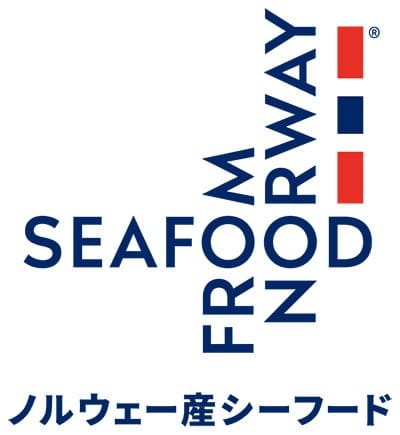While Japan and Norway are similar sized countries, Japan’s ocean area is twelve times larger than its land area, whereas Norway’s ocean area is six times larger than its land area.
Despite having half the size of Japan’s ocean area, Norway has access to around three million tonnes of wild and farmed seafood and with only 5.5 million inhabitants, the country is the world’s largest net exporter of seafood.
Seafood is Norway’s second-largest export product after oil and gas. Last year, the export value of seafood reached an all-time high of NOK 172 billion ($16.2 billion) – an increase of fourteen percent compared with 2022.
Live, fresh, frozen and dried, Norwegian seafood is found in more than 150 countries around the world. Japan is the ninth largest market for Norwegian seafood and has for decades been among Norway’s most important export markets for salmon, mackerel, Fjord Trout, redfish, Herring, King Crab and Snow Crab.
From restaurants to supermarket brought and home-cooked, Japanese people enjoy seafood from Norway.
From restaurants to supermarket brought and home-cooked, Japanese people enjoy seafood from Norway.
The most famous species is the Norwegian salmon. Introduced to Japan and Japanese sushi chefs in the mid-80s, Norwegian salmon is a fresh-farmed fish, perfect for raw consumption without any preparation.
Sales boomed when first introduced to ‘Kaitenzushi’ (conveyor-belt sushi) and today customers chose the attractive fresh-pink coloured Norwegian salmon.



While it takes three years to farm an egg to a 5kg salmon, it only takes three days to ship salmon by air from Norway to Japanese restaurants and supermarkets.
Salmon from Norway has today not only become Japan’s favourite sushi topping, but all over the world, Japanese sushi chefs also choose Norwegian salmon.


In Japan and many other Asian countries, fresh salmon is prepared and eaten raw – only rarely is salmon served as a heated dish. In Europe and north America, Norwegian salmon is served as a warm dish in the same way as a steak: rare, medium rare or well-done.
The versatility, taste and colour of salmon from Norway make it a favourite seafood dish around the world.


In November 2023, Norwegian salmon was recognised as the fourth meat alongside chicken, pork and beef and many people in Japan are making the switch from meat to Norwegian salmon.
Another jewel in the crown of Norwegian seafood sold in Japan is mackerel. A very popular and traditional fish in Japan, mackerel has a delicious taste and excellent health benefits.
In 2022 the Norwegian Seafood Council estimated the people of Japan ate a total of 273,000 metric tonnes of mackerel (Norwegian mackerel accounted for fifty one percent, mackerel from Japan amounted to thirty eight percent).
Eighty five percent of all mackerel sold in Japan is bought in supermarkets and hypermarkets, usually as salted fillets and there has been a sharp increase in sales of boneless mackerel fillets.


With an all-year-round stable supply of high-quality mackerel, seven out of ten mackerel sold in Japanese retail establishments are sourced from Norway.
Mackerel from Norway is caught under strict fishery management legislation ensuring sustainability and quality are of the highest priority. Before mackerel is shipped from Norway to Japan, Japanese mackerel inspectors working in Norway ensure only the best-quality mackerel is sent to Japan.
The origin mark ‘Seafood from Norway’ is recognised all over the world and guarantees the packaged seafood originates from the cold clear waters of Norway – caught or farmed under the strictest controls of the Norwegian authorities.
Another easy option is to pay attention to the information on the white label/product declaration on the products which always states the country in which the product has been caught or farmed.







